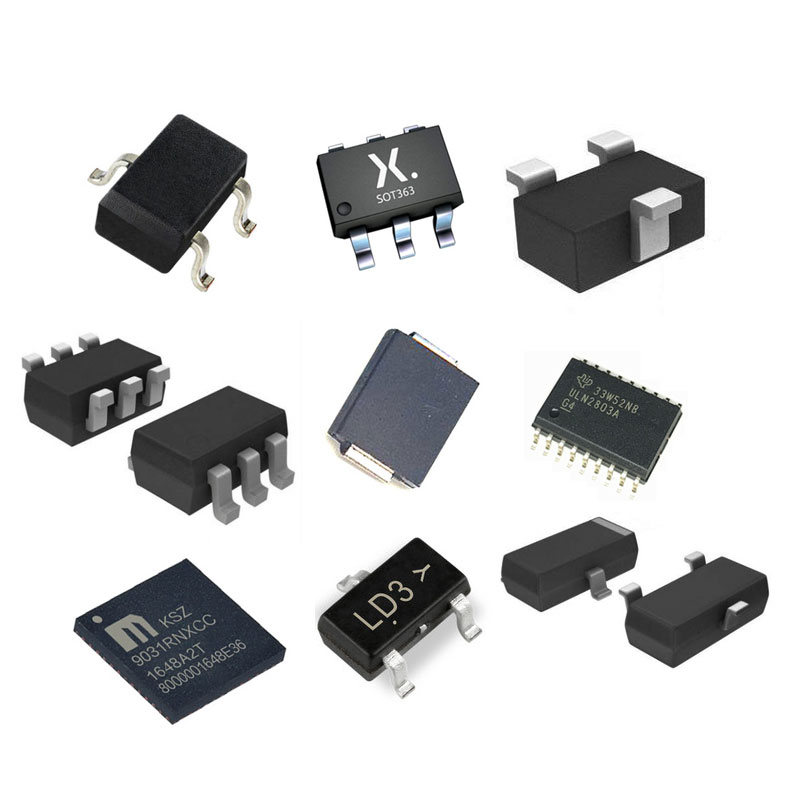
MCM packaging is a microelectronic packaging technology that stands for Multichip Module. MCM packaging is designed to integrate multiple integrated circuit chips (chips) into a single package to achieve higher integration and performance.
A traditional single chip package (Single Chip Package) usually contains only one integrated circuit chip, which limits the degree of integration and functionality. However, with the advancement of technology and the development of integrated circuits, more functions and performance are required, and single-chip packaging has become insufficient to meet the needs.
The MCM package achieves higher integration, higher performance and lower power consumption by integrating multiple chips in one package and interconnecting them. In MCM packaging, chips can be different types of integrated circuits, such as processors, memory, sensors, etc., which are connected together by high-density interconnection technology (usually multi-layer printed circuit boards).
MCM packaging is an advanced microelectronic packaging technology with many unique features and advantages. The following are the main features of the MCM package in the following aspects:
1. High integration: Allows the integration of multiple chips (integrated circuits) in one package, including processors, memories, sensors, etc. This enables higher levels of integration, allowing the entire system to be packaged in one package rather than multiple separate packages.
2. High performance: Multiple high-performance chips can be combined to form a powerful overall system. These chips can share data and resources to provide more
Excellent performance and computing power.
3. Low power consumption: High-density interconnection technology is usually used, which can shorten the signal transmission distance, reduce power consumption and signal delay. At the same time, due to the tight integration between chips, the power consumption of the circuit can also be optimized.
4. Small size: Compared with combining multiple single-chip packages together, MCM packages usually have a smaller volume. This is especially useful in scenarios requiring compact design and high integration
5. High reliability: Directly connected during the packaging process, reducing the number of connecting wires, thereby reducing the risk of failure points and improving system reliability.
6. Optimized thermal management: Allows better management of heat conduction between chips because they are closely arranged in the same package. This can dissipate heat more effectively, lower temperatures, and improve system performance and longevity.
7. Modular design: the design has a high degree of modularity. Each functional module can be designed and tested independently, which simplifies the development and maintenance of the system.
8. Rapid production: Modular design and advanced manufacturing technology make the production cycle shorter and can be introduced to the market faster.
As an advanced microelectronic packaging technology, MCM packaging has many advantages and some challenges. The following is a summary of the main advantages and disadvantages of the MCM package.
The main advantage:
1. High integration: Allows multiple chips to be integrated in one package to achieve higher integration. This means more functionality and performance in a small package to meet the needs of high-performance computing and complex systems.
2. High performance: Since the MCM package can combine multiple high-performance chips together to form a powerful overall system, it provides excellent performance and design
computing power.
3. Low power consumption: High-density interconnect technology is used to reduce the distance of signal transmission between chips, thereby reducing power consumption and signal delay.
4. Small size: Compared with combining multiple single-chip packages together, MCM packages usually have a smaller volume, saving space and system cost. 5. High reliability: The chip is directly connected, reducing the number of connecting wires, thereby reducing the risk of failure points and improving the reliability of the system.
6. Optimized thermal management: Allows for better management of heat conduction between chips, thereby improving heat dissipation efficiency, lowering temperatures, and maintaining chip stability and performance. 7. Modular design: The design has a high degree of modularity, and each functional module can be designed and tested independently, which is convenient for system development and maintenance.
Main disadvantages:
1. Design complexity: The design is relatively complex and needs to deal with the interconnection and interaction between multiple chips. This may increase the difficulty and cost of the design.
2. Manufacturing cost: The manufacturing process is relatively complicated and requires advanced manufacturing technology and equipment. Therefore, compared to the traditional single-chip package, the manufacturing cost of the MCM package can be higher.
3. Thermal challenges: Integrating multiple high-power chips in a compact space may cause thermal issues, requiring effective thermal solutions to maintain system stability.
4. Testing and reliability verification: Testing and reliability verification are relatively complex, and it is necessary to ensure the correct operation and long-term reliability of each chip in the package.
5. Application limitations: Although MCM packaging is widely used in high-performance computing, communication equipment, etc., for some specific applications, such as ultra-low power consumption devices or cost-sensitive consumer electronics, MCM packaging may not be the best choice.
Eurotech is a worldwide supplier and exporter of electronic components, specializing in ICs, LCDs, Memory, Chips, computer parts, networking equipments and other passive components.
Tel: (86) 755 8395 9469
E-mail: info@eurotech-ic.com